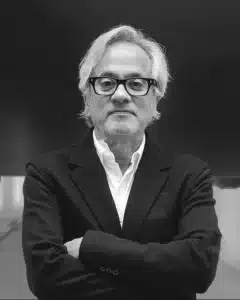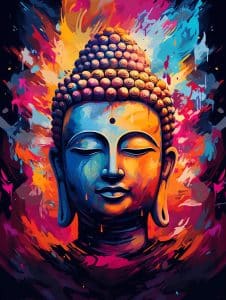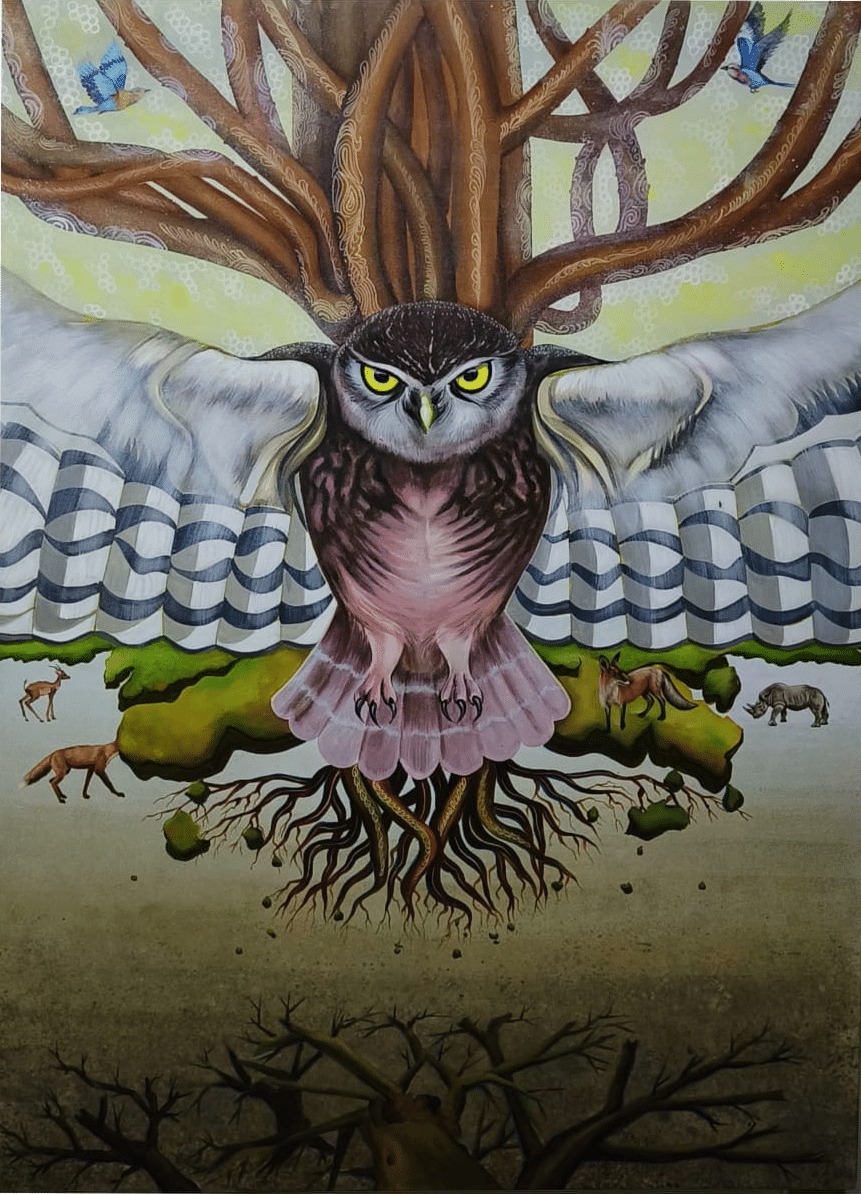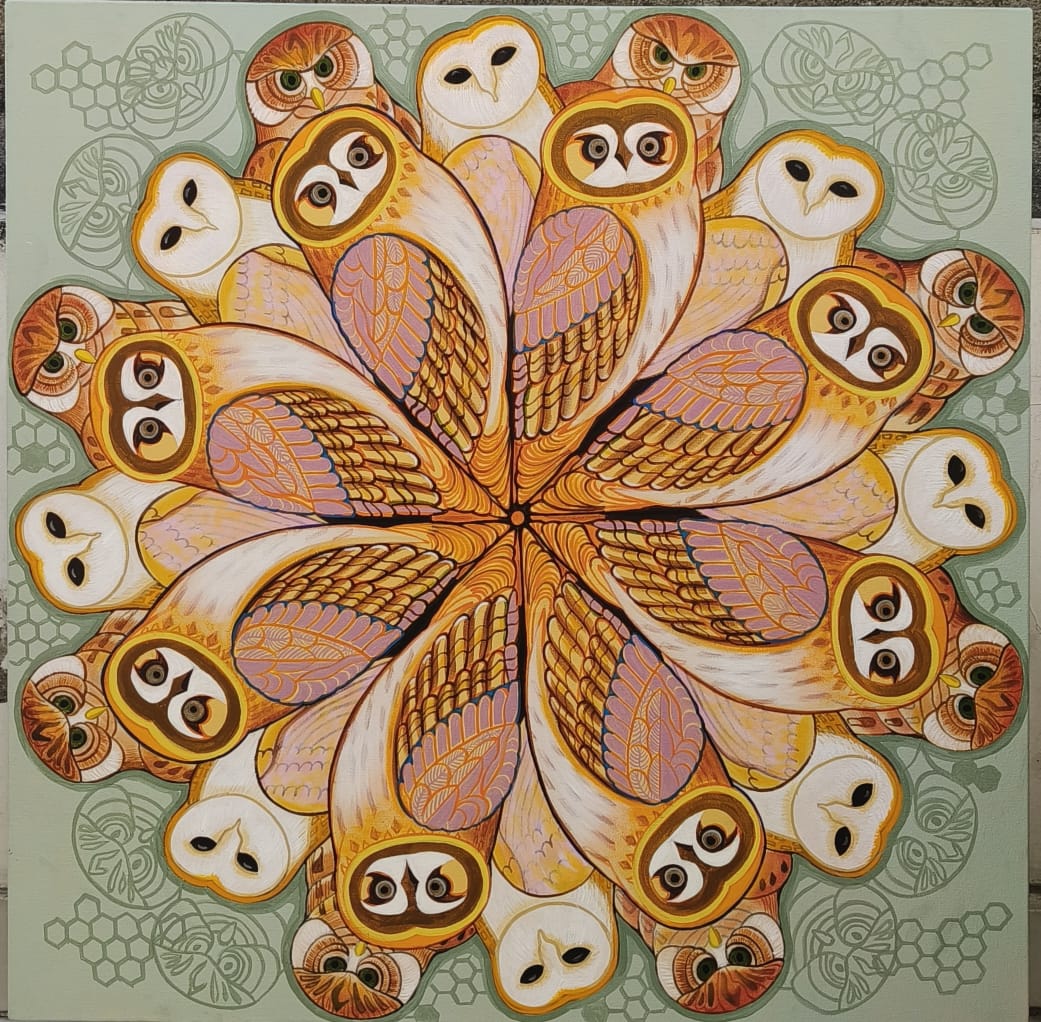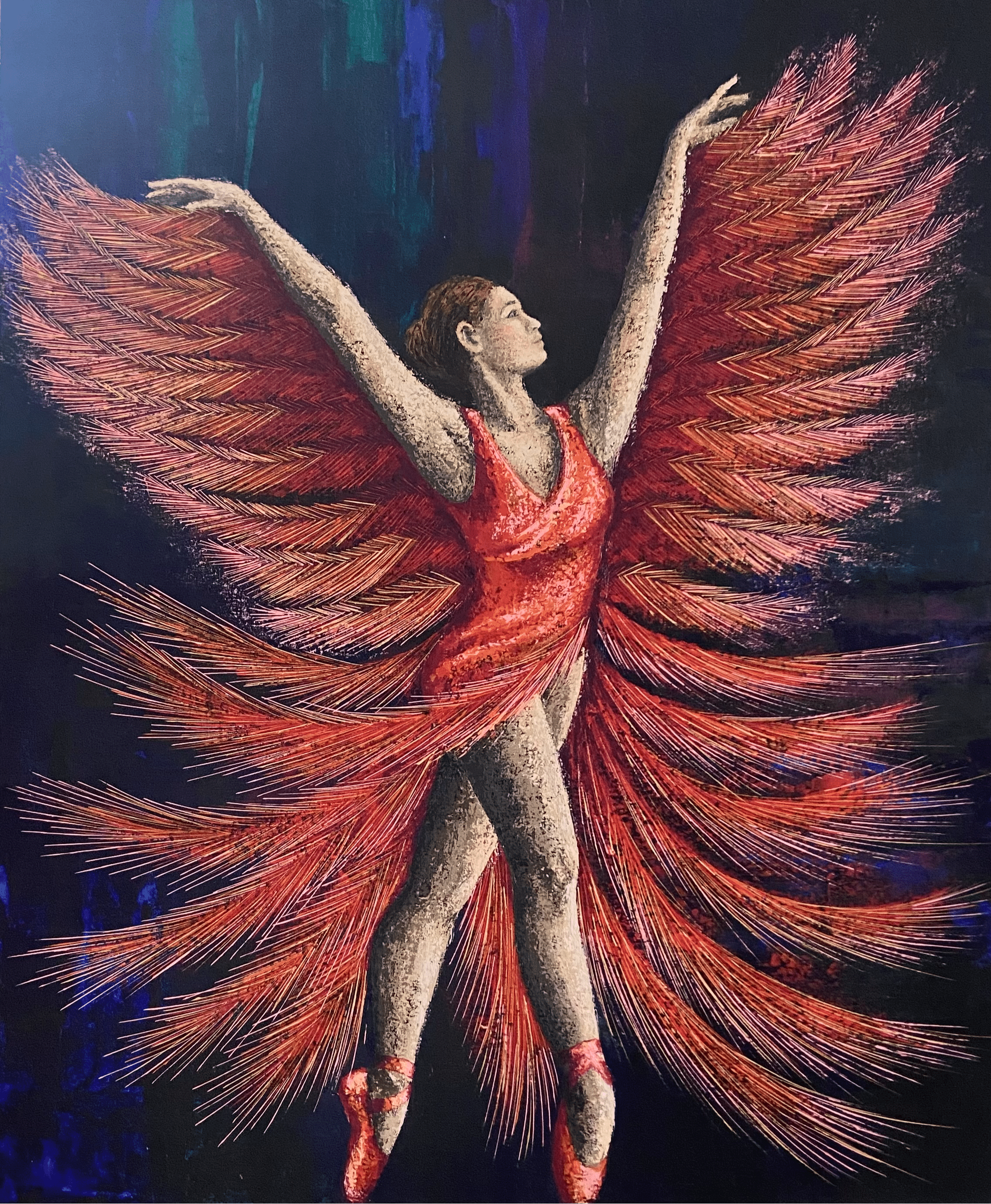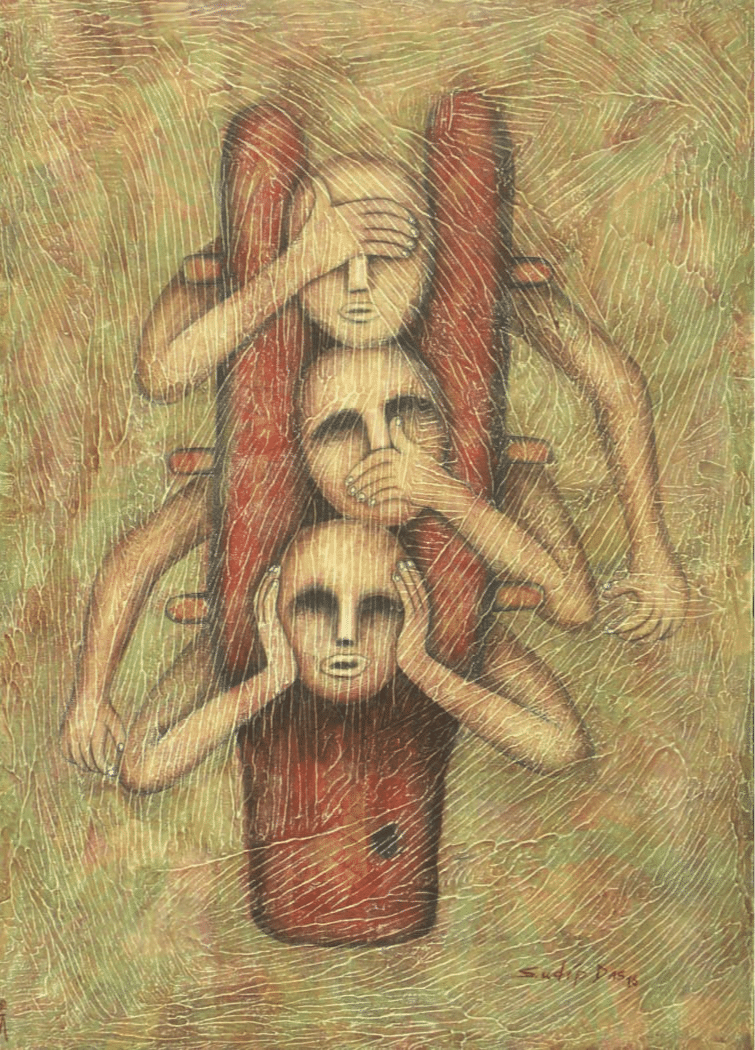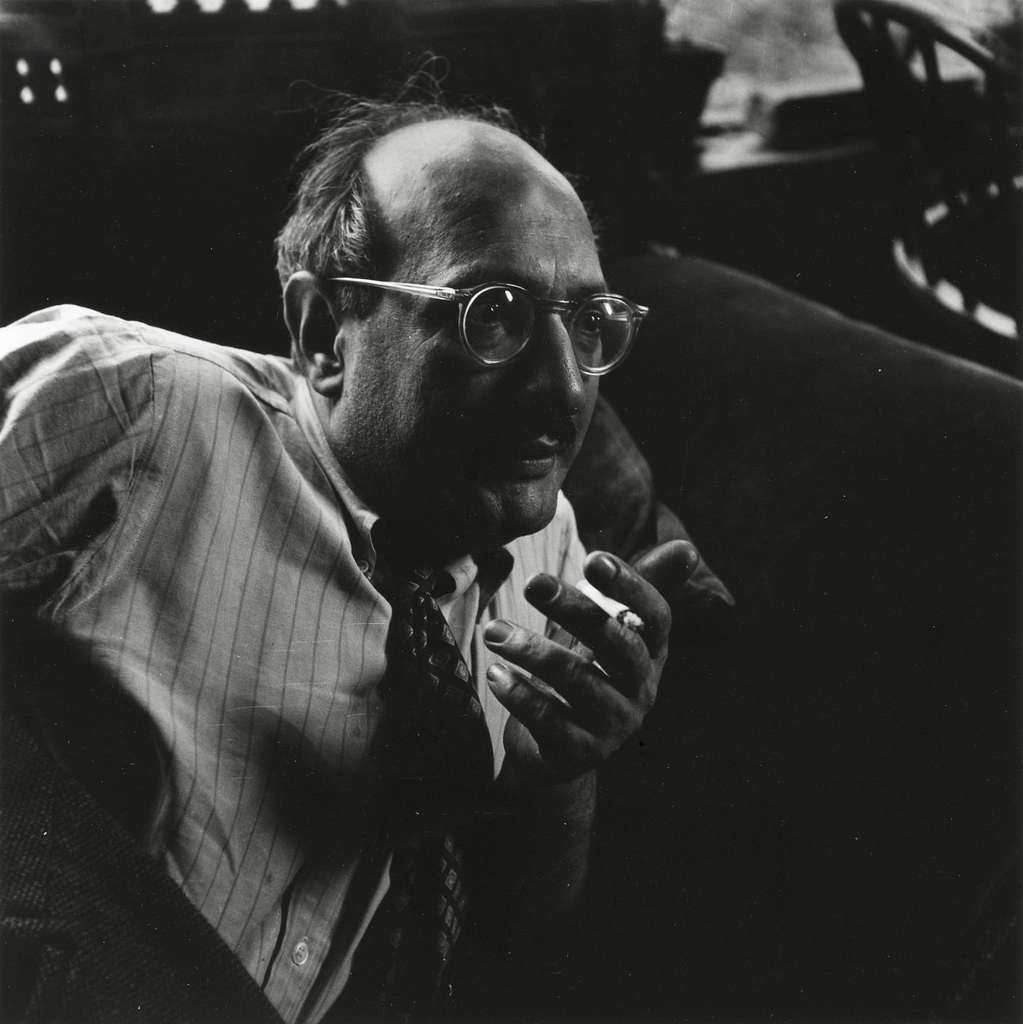
Mark Rothko, the master of color field painting, whose works delve into the depths of human emotion through vast expanses of color
Few artists in modern history have captured the sheer depth of human emotion through abstraction like Mark Rothko. Soaked in color, his towering canvases seem less like paintings and more like portals into the depths of human experience. Rothko’s works do not merely decorate walls—they demand engagement, contemplation, and surrender. Understanding his artistic vision means entering a world where color is language and silence speaks volumes.
The Journey of a Visionary: From Realism to Abstraction
Mark Rothko artist was born Markus Yakovlevich Rothkowitz in 1903 in Dvinsk, Russia (now Latvia). His family immigrated to the United States when he was a child, settling in Portland, Oregon. Initially studying at Yale University, he moved to New York, immersing himself in the city’s dynamic art scene.
Rothko’s early works leaned toward figurative art, inspired by mythology and urban life. However, as he delved deeper into the philosophy of art, he abandoned representation in favor of abstraction. This transition wasn’t a rejection of reality but rather an evolution—a desire to depict the profound through pure form and color. The art of Mark Rothko became a bridge between the tangible and the transcendental.
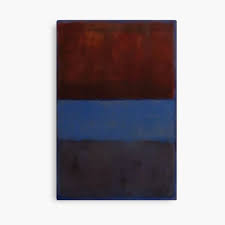
“Rust and Blue” exemplifies Rothko’s exploration of color relationships, creating a meditative space that invites introspection.
The Rothko Style: Emotion in Color
Unlike traditional abstract painters, Rothko did not aim for randomness. His famous Mark Rothko paintings feature vast fields of color layered in subtle shifts of hue and intensity, creating an illusion of movement and depth. These compositions weren’t simply aesthetic exercises; they were profound emotional statements.
His paintings, often composed of large rectangular forms stacked over each other, evoke moods ranging from serenity to sorrow, from warmth to desolation. Rothko insisted that his work was deeply human: “I paint big to be intimate.“
Collectors and admirers quickly realized that Mark Rothko’s art had a unique ability to resonate personally with each viewer. His works remain in high demand, with collectors seeking paintings and immersive emotional experiences.
Masterpieces of Emotion: Iconic Mark Rothko Paintings
Mark Rothko’s paintings are not just visual compositions but deeply emotional experiences. His most renowned works include No. 61 (Rust and Blue), Orange, Red, Yellow, Four Darks in Red, and the iconic Rothko Chapel murals. His Seagram Murals series, originally commissioned for New York’s Four Seasons Restaurant, was later withdrawn by Rothko himself, as he felt they belonged in a more contemplative space. Similarly, his Black on Gray series shifted toward darker, more solemn tones, reflecting his evolving emotional state. Rothko’s ability to use color and form to evoke powerful feelings ensures that his art remains timeless and universally resonant.

The Rothko Chapel stands as a sanctuary of silence and reflection, where Rothko’s immersive paintings offer a spiritual journey through abstraction.
The Rothko Chapel: Art as a Spiritual Encounter
Rothko’s artistic journey peaked when he created the Rothko Chapel in Houston, Texas—a non-denominational space featuring 14 of his large-scale, dark-hued paintings. This space was not just an exhibition but an experience where visitors could sit silently, engulfed by his vast, somber canvases.
Here, Rothko’s vision fully materialized—art not as a commodity but as a spiritual force. His work blurred the boundaries between painting and environment, solidifying his legacy as an artist who painted with the soul rather than just pigment.
The Power of Rothko’s Color Theory
Rothko’s mastery lay in manipulating color to evoke a visceral response. He believed that color could be a direct pathway to emotion, bypassing intellectual interpretation. His compositions, often featuring deep reds, blues, and blacks in his later years, are known for their meditative qualities.
This profound use of color is why Mark Rothko’s art continues to captivate art lovers worldwide. His paintings challenge viewers to lose themselves in the shifting tones and subtle contrasts, encouraging an introspective and deeply personal experience.
Collecting Rothko: Prints, Posters, and Original Masterpieces
The exclusivity of Mark Rothko’s paintings has made them some of the most sought-after artworks in history. His original pieces command tens of millions at auctions, attracting elite collectors and museums worldwide.
However, for those who wish to own a piece of Rothko’s legacy without a seven-figure investment, Mark Rothko’s prints and posters allow wider audiences to engage with his masterpieces. While originals are held in prestigious collections, high-quality reproductions ensure that Rothko’s transformative use of color can be experienced in homes and galleries worldwide.

A vibrant composition, “Orange, Red, Yellow” pulsates with energy, reflecting Rothko’s pursuit of emotional resonance through color.
Lessons from Rothko: What Artists and Collectors Can Learn
- Art as an Emotional Experience – Rothko’s work teaches us that great art doesn’t just appeal to the eye; it moves the soul.
- Simplicity with Depth – His minimalist approach proves that simplicity can be profoundly complex when executed intentionally.
- Timeless Appeal – Though created decades ago, Rothko’s works feel as fresh and relevant today as they were in his time. A true mark of great art is its ability to transcend generations.
- Investment Value – Whether through art by Mark Rothko or his prints, his work remains a valuable addition to any collection.
- Spiritual Connection – Art is more than decoration; it can be a sanctuary, much like the experience within the Rothko Chapel.
- The Power of Atmosphere – Rothko understood that the placement and lighting of a painting could alter its impact, making his work an immersive experience rather than a static object.
- Defying Trends – Unlike many artists who adapted their work to fit popular styles, Rothko remained steadfast in his belief that art should evoke raw emotion rather than conform to societal expectations.
Discover the Next Rothko with Elisium Art
At Elisium Art, we celebrate artists who, like American artist Mark Rothko, redefine the boundaries of emotion and abstraction. Whether you are a seasoned collector or an admirer of transformative art, we bring you works that resonate beyond the canvas.
Rothko once said, “A painting is not a picture of an experience; it is an experience.” His legacy continues to remind us that art is not just something we observe—it is something we feel.
Are you ready to discover the next artist to move you like Rothko? Explore Elisium Art’s curated selection, where timeless emotion meets contemporary vision.

Written by
Sanjana Dhar
Sanjana Dhar is a passionate storyteller and art enthusiast who brings a unique blend of creativity and marketing expertise to the Elisium Art team. Hailing from Kolkata, a city steeped in artistic heritage, she developed a deep appreciation for contemporary art and its ability to transcend cultural boundaries. With a background in media studies and a passion for exploring the vibrant world of Indian and international art, she crafts compelling narratives that connect audiences with the transformative power of art. Her experience in branding, social media, and content strategy allows her to effectively communicate the essence of artistic expression, unraveling the stories behind each masterpiece and spotlighting the diverse voices shaping the contemporary art world.



